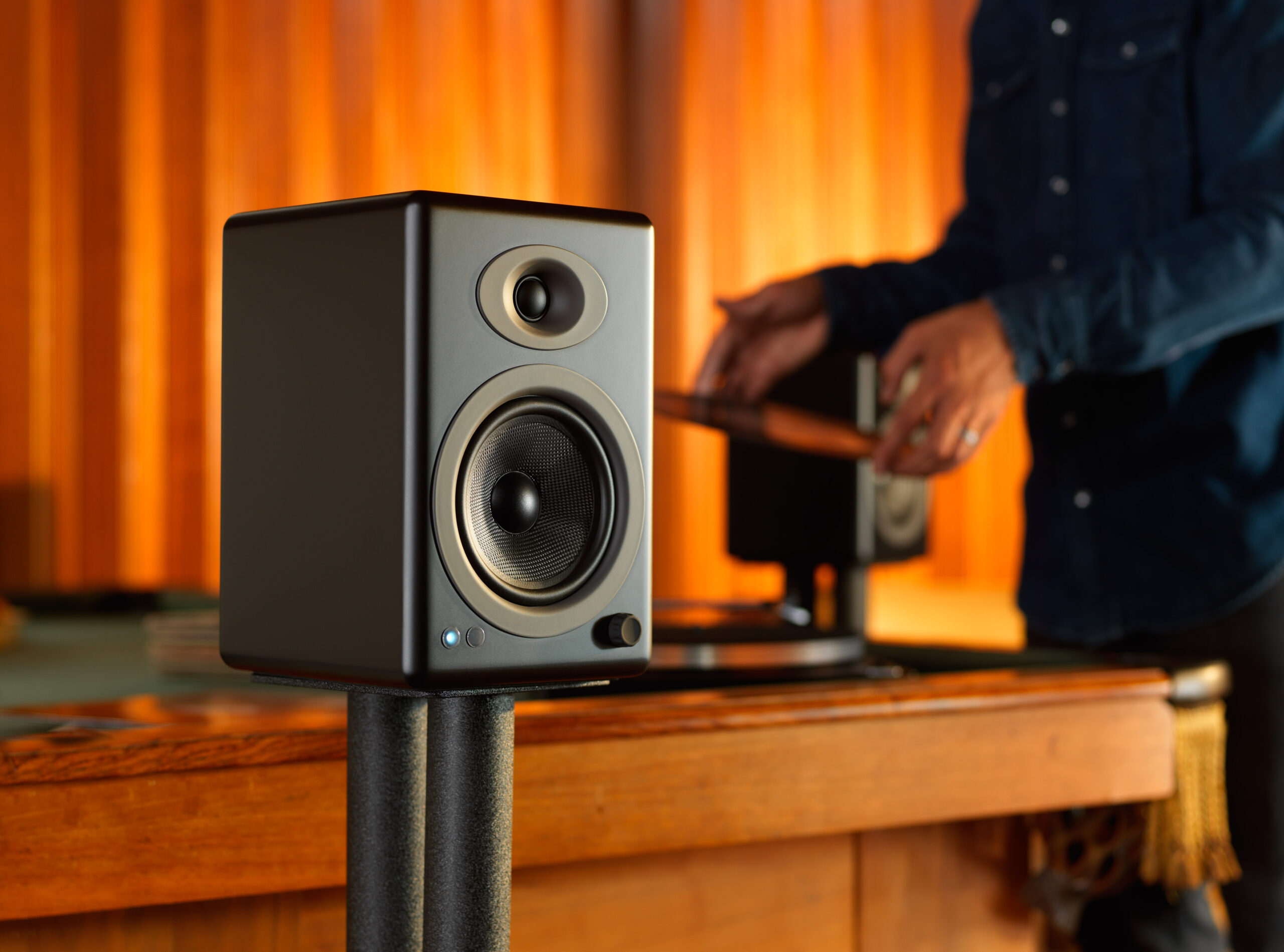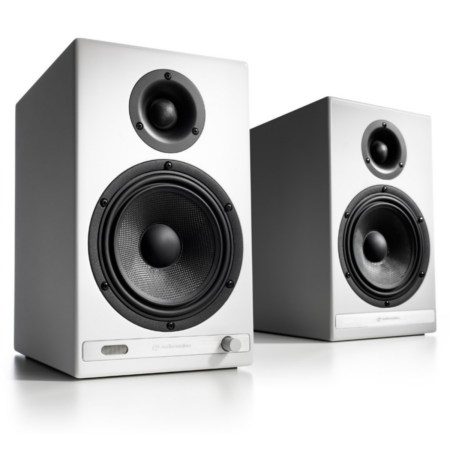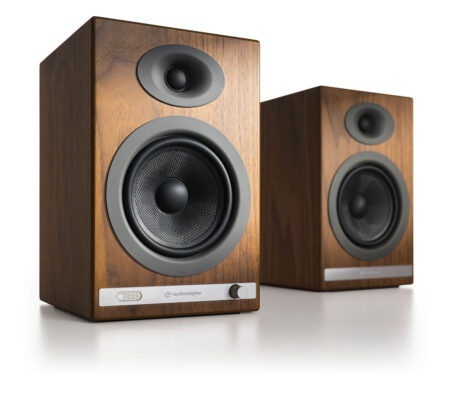What Does Warmth Mean in Home Audio? Understanding the Difference Between Warmth and Distortion
When it comes to home audio, especially for music lovers and audiophiles, terms like "warmth" often come up in discussions. But what exactly does "warmth" mean, and how does it differ from distortion? These concepts are crucial in understanding the nuances of audio quality, especially when considering high-end products like Audioengine's Home Music Systems.
Defining Warmth in Audio
Warmth in audio is often described as a pleasant, rich, and full sound that adds depth and character to music. This quality is associated with a slightly enhanced lower-midrange and bass frequencies, making the audio sound more natural and inviting. Warmth can be likened to the feeling of a cozy room filled with the deep tones of an upright bass or the soft resonance of a cello. It creates an atmosphere where the music feels alive and emotionally engaging.
In technical terms, warmth in audio is often attributed to subtle harmonic distortions, which are actually desirable. These harmonics add texture and richness to the sound without overpowering the original recording. This characteristic is especially favored in genres like jazz, blues, and classical music, where the emotional impact of the instruments is crucial. Audioengine's Home Music Systems, known for their handcrafted design and commitment to incredible sound quality, often deliver this kind of warm sound signature, making them a preferred choice for those who value a lifelike audio experience.
What Is Distortion in Audio?
On the other hand, distortion generally refers to any unwanted alteration of the original audio signal. Distortion occurs when an audio component, like a speaker or amplifier, cannot accurately reproduce the sound due to limitations in design, power handling, or quality. This can result in a variety of unpleasant sounds, such as buzzing, crackling, or a muddy, unclear sound profile. Distortion can detract from the listening experience, making music sound harsh and fatiguing.
There are several types of distortion, including harmonic distortion, intermodulation distortion, and clipping. Unlike warmth, which enhances the listening experience, distortion degrades the sound quality and fidelity. In high-quality audio systems like those from Audioengine, minimizing distortion is a key goal. Our products are engineered to maintain the purity of the sound, ensuring that listeners hear music as the artist intended, without any unwanted artifacts.
The Key Differences Between Warmth and Distortion
While warmth and distortion both involve changes to the audio signal, the intent and result are vastly different:
- Purpose: Warmth is often intentionally introduced or emphasized in audio systems to create a more engaging listening experience. Distortion, however, is usually an unintended consequence of poor equipment quality or improper setup.
- Perception: Warmth is perceived as a positive attribute, adding a pleasant color to the sound that enhances musicality. Distortion is perceived negatively, as it disrupts the clarity and fidelity of the music.
- Technical Characteristics: Warmth is related to specific harmonic enhancements that are subtle and controlled. Distortion involves more chaotic and uncontrolled changes to the audio signal, leading to a loss of detail and accuracy.
- Impact on Listening Experience: Warmth can make music feel more immersive and emotionally resonant, creating a comfortable listening environment. Distortion, by contrast, can make music sound harsh and unpleasing, leading to listener fatigue.

Conclusion: Choosing the Right Sound for Your Home
Understanding the difference between warmth and distortion is key to selecting the right audio equipment. Warmth brings music to life, adding depth and emotion, while distortion can ruin the listening experience. With Audioengine’s Home Music Systems, you don’t have to compromise. Our products are built to deliver a warm, engaging sound that stays true to the original recording, free from the distortions that plague lesser systems. Whether you’re rediscovering old favorites or exploring new music, Audioengine ensures that you hear every detail just as it was meant to be heard.
By focusing on sound quality and innovative design, we bring you a listening experience that’s both rich and authentic. So, next time you think about upgrading your home audio, consider what warmth means to you and how it can enhance your music without the drawbacks of distortion.








